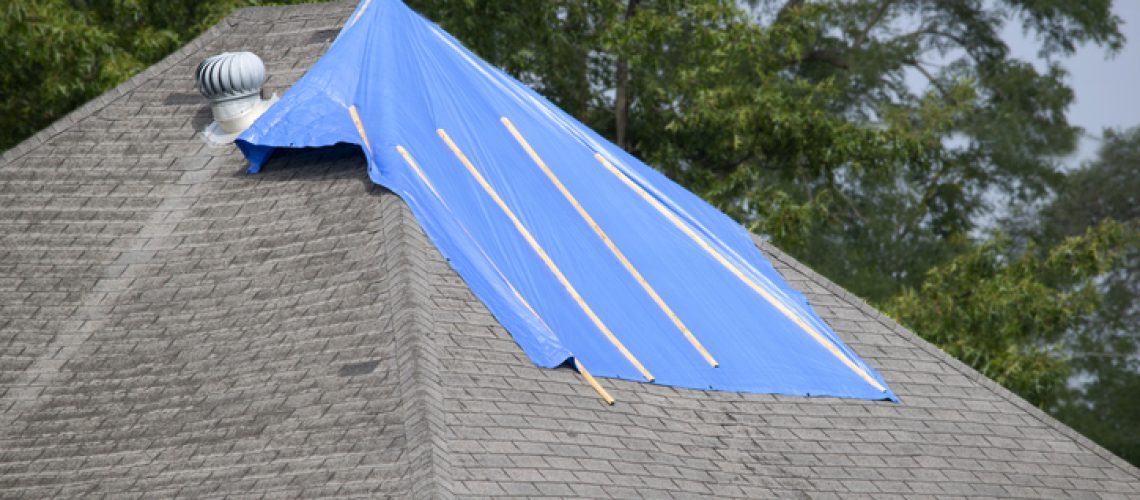Your home insurance serves as a safety net, offering financial protection against a wide range of issues and accidents. Home insurance is a crucial part of homeownership, providing peace of mind in the case that something unexpected happens. However, insurance policies can be tricky, and many homeowners wonder, does their home insurance cover roof leaks? In this comprehensive guide, we’ll take a look at the intricacies of home insurance coverage when it comes to a leaky roof, and how to handle this surprisingly common issue.
Understanding Home Insurance Coverage
Home insurance is designed to financially protect homeowners in the event of unforeseen accidents affecting the house. It encompasses a spectrum of potential problems, ranging from damage caused by natural phenomena such as hail, rainstorms, and wind, to damages caused by human activity such as theft or vandalism. However, home insurance policies are not all created equal and can vary significantly from one policy to another. Therefore, it’s important to carefully review your policy and understand your coverage.
Does Home Insurance Cover Roof Leaks?
A common concern amongst homeowners is whether their insurance will cover roof leaks. The answer largely depends on the circumstances surrounding the leak. Typically, home insurance policies do cover roof leaks caused by sudden and accidental events, such as severe storms. These incidents are in fact often included in standard policies. However, when it comes to leaks resulting from wear and tear or lack of proper maintenance, coverage may not be applicable.
What’s Included in Home Insurance Roof Leak Coverage?
A home’s roof is its greatest protector against the elements, and whether it’s new or old, being prepared for the worst-case scenario is a key component of the homeowning experience. The truth is that the extent of your coverage for roof leaks will hinge on your coverage limits. Some policies offer guaranteed replacement cost coverage, which means the insurance will replace your roof with up-to-date materials. Others offer actual cash value coverage, which only reimburses you for the cash value of your old roof at the time of replacement. Understanding these nuances is crucial when ensuring you’re adequately protected. Additionally, some insurance companies may offer to replace your roof with newer, more durable materials which will reduce the risk of future damage. It’s important to note, however, that this may come at a higher premium.
When to File a Claim for a Leaky Roof
When determining whether to file a claim for a leaky roof, it’s important to first check the fine print of your insurance policy to ascertain coverage. Document the damage thoroughly with photos and videos and consult with a professional if necessary. Timely reporting of claims is vital, as delaying could complicate the process and jeopardize coverage. Also consider your deductible and whether or not going through your insurance company makes sense.
While home insurance is a valuable safeguard, when it comes to whether home insurance covers roof leaks, there are instances where coverage may not apply. Insurance companies typically exclude roof leaks resulting from wear and tear, lack of maintenance, or pre-existing damage. Additionally, certain natural disasters may require separate coverage. Being aware of these potential exclusions and seeking additional coverage if required is essential to ensure that your roof and home are adequately protected. By staying proactive in the maintenance of your roof and promptly addressing any issues, you can minimize the risk of leaks and keep your home prepared for any unexpected events. If you’re looking to have your roof replaced, repaired, or maintained, Hubbard Roofing & Exteriors is your local expert. Contact us today for more information, and remember that while a leaking roof may be a homeowner’s nightmare, with the right knowledge and coverage, you and your home can weather the storm.


